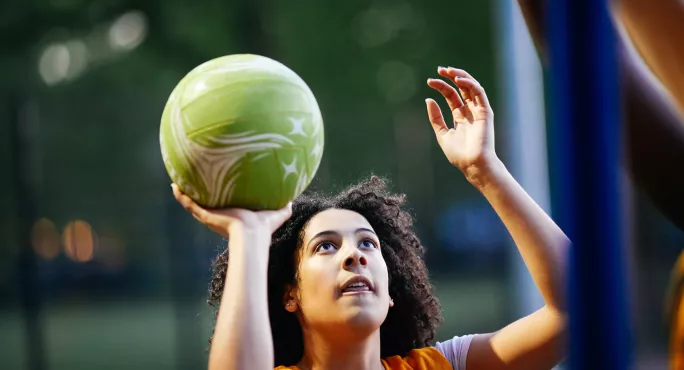Secondary school students in Year 10 and above have seen a 20 per cent decline in timetabled PE lessons over the past decade, new research suggests.
Subject leads in schools surveyed as part of the research blamed competing pressures on schools such as Covid recovery and accountability measures like Progress 8.
Between 2011 and 2021, timetabled PE lessons allocated to GCSE students fell by 19.6 per cent, from 134,418 per year to 108,044 (19.6 per cent), an analysis of Department for Education data by charitable organisation Youth Sport Trust shows.
Sixth-formers, meanwhile, saw a 24 per cent decline, from 36,539 in 2011 to 27,756 in 2021.
Overall, secondary school students as a whole experienced an 11 per cent decrease in allocated PE lessons during the decade.
However, the data also suggests that there has been a slight increase over the past year.
Allocated hours, which are submitted by schools at the beginning of each academic year, have risen for PE across all secondary age groups since the beginning of the 2020 school year - and by 4 per cent for GCSE students and 7 per cent for A-level students.
A separate survey run by the charity this academic term suggests that many schools are struggling to provide Ofsted’s recommended 120 minutes of PE a week.
The weekly time for PE averaged at 92 minutes across the 178 secondary schools surveyed.
One school in the North West, which undertook the survey anonymously, said its students were on half-termly rotations between PE and design and technology (DT).
Less time for PE in schools
The school said half of its Year 10s only get one hour per week, with Year 11s receiving no PE at all.
A school spokesperson told the Youth Sport Trust: “We feel we are being forced to do this, due to such pressures as EBacc and Progress 8 driving so much of school agendas.”
Sue Wilkinson, chief executive of the Association for Physical Education, said that at least two hours of PE - or at least three sessions - was “ideal to ensure that all children and young people can achieve the minimal national curriculum for PE outcomes”.
“The contribution to children and young people’s’ physical, emotional, social and cognitive development is key, particularly in the current circumstances,” she added.
However, the quality of provision was “most important”, she said.
Ali Oliver, chief executive of the Youth Sport Trust, highlighted the importance of physical activity for pupils undergoing “some of the most stressful years of their adolescent lives”.
“Too often schools are forced to squeeze PE out of the curriculum in favour of other subjects,” she said.
Ms Oliver added that the “increasing pressure” schools face causes the charity “real concern” that the likelihood of getting 60 active minutes a day will decrease.
A Department for Education spokesperson said: “Physical education is a vital part of a broad and balanced curriculum that should be available to all pupils throughout their time at school.
“We are supporting high-quality PE through the £320 million PE and sport premium and will be investing nearly £30 million per year to open up school sport facilities in England, and to improve the teaching of PE at primary school.”
The report comes almost a year after the publication of the House of Lords national plan for sport, health and wellbeing report, which concluded that PE should be made a core subject.
It also contained big asks of the government to boost engagement in sport, including a new minister for sport and wellbeing, and calls for the UK to adopt a New Zealand-style tax relief for its sports clubs.




